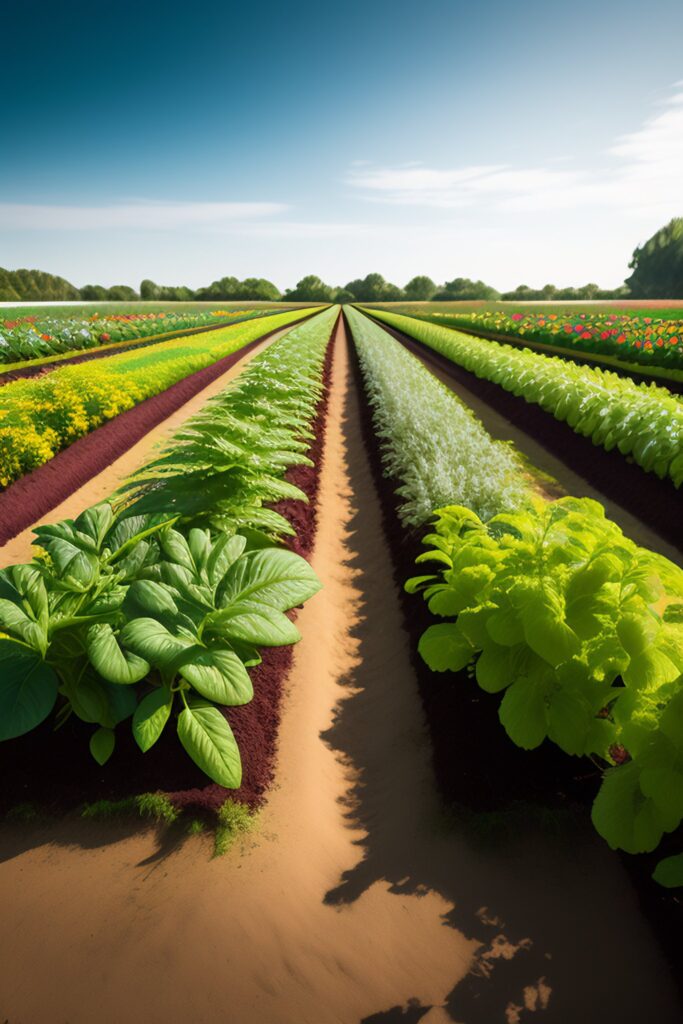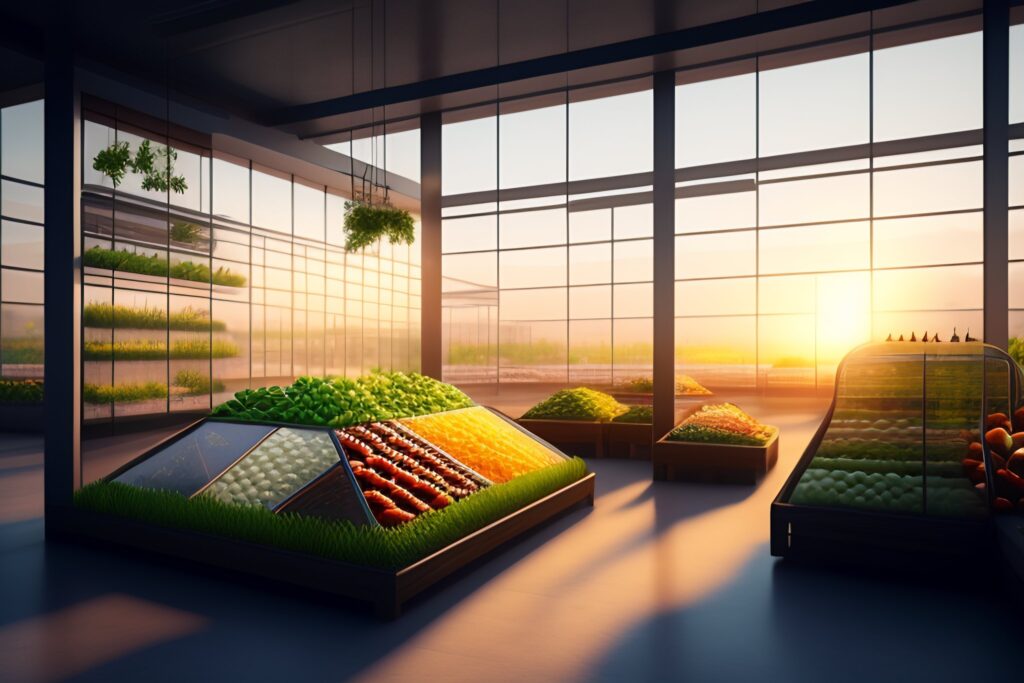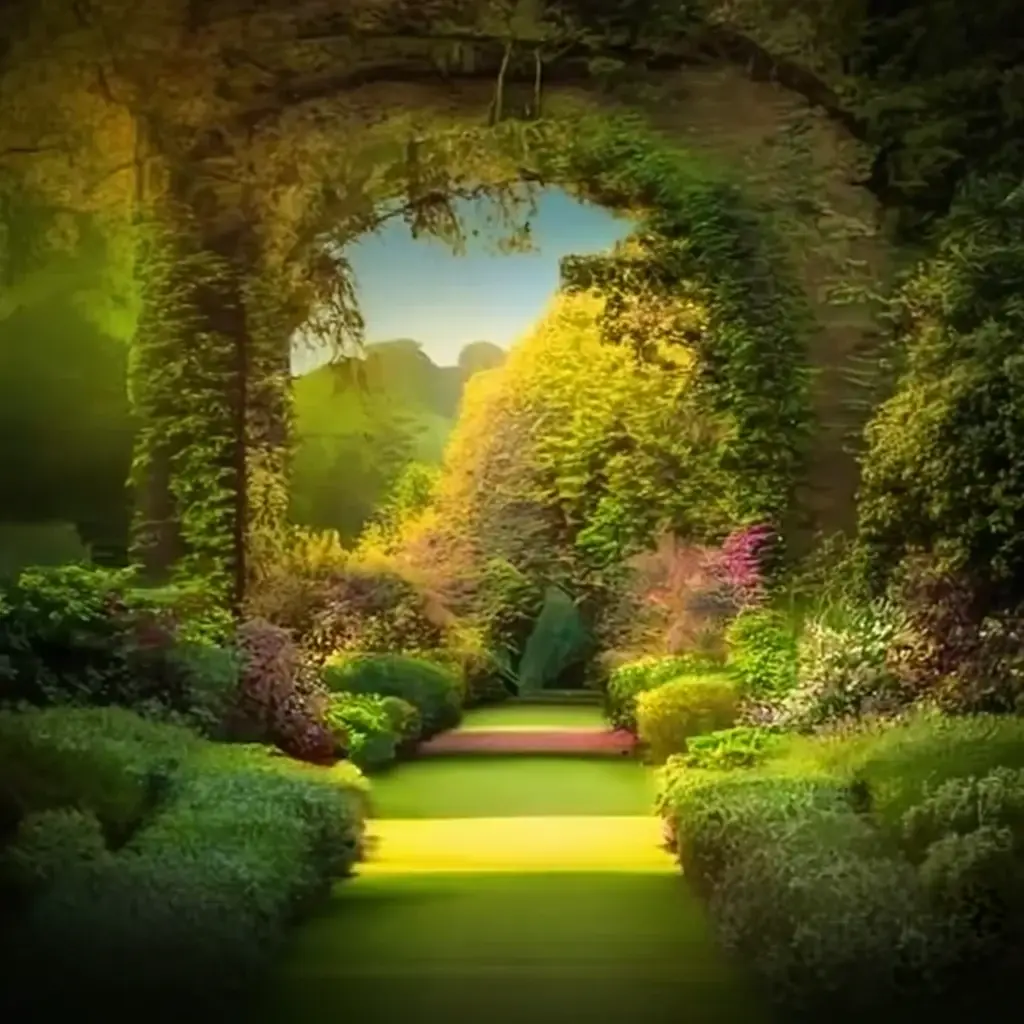Gardening, whether for food or aesthetic enjoyment, has a long history in human culture. However, while designing your garden, one typical issue arises: How much garden space do I need? The answer is dependent on your objectives and the sorts of plants you intend to grow. In this thorough guide, we’ll look at the elements that influence the size of your garden, the many sorts of gardens you may construct, and practical ideas for making the most of your available area.
Factors That Determine Garden Space
Several factors influence the amount of area required for your garden, including:
Garden Purpose: Are you growing vegetables, decorative plants, or both? The space needed will be determined by your objective.
Plant Types: The spacing requirements for different plants vary. Some require more space to flourish, while others may be planted near together.
Climate and Soil: Your local climate and soil quality influence plant growth and yield, determining space requirements.
Garden Style: Consider the layout of your garden. Is it going to be a row garden, a raised bed, or a vertical garden?

Types of Gardens and Their Space Requirements
Vegetable Gardens
Gardeners looking for fresh vegetables often choose vegetable gardens. They frequently demand extra garden space owing to plant spacing requirements. A sustainable vegetable garden should be allotted 100 square feet per person as a basic rule of thumb. Container gardening, vertical gardening, and raised beds, on the other hand, can assist maximize tiny spaces.
Flower Gardens
Flower gardens range in size from modest urban plots to sprawling vistas. The size you require is mostly determined by your vision. Cottage gardens with a variety of flowers seem rich even in a tiny space. More room may be required for bigger graphics or specialized themes.
Herb Gardens
Herb gardens can be designed to be compact and adapted to tiny spaces. A 4×4-foot square may house a variety of culinary and medicinal plants.
Fruit Orchards
A fruit orchard requires a significant amount of room, often 1/8 to 1/4 acre per tree, depending on the mature size of the tree. Space-saving choices include dwarf fruit trees and espaliered trees.
Tips for Maximizing Your Garden Space
Vertical Gardening: Utilize walls, trellises, and hanging baskets for climbing plants, which can save ground space.
Companion Planting: Pair compatible plants to minimize garden space while enhancing growth and protection.
Crop Rotation: Opt for crop rotation to optimize space and soil health.
Intensive Planting: Use techniques like square-foot gardening to maximize space efficiency.

Balancing Space and Yield
With appropriate design and care, your available garden area may produce abundant harvests and gorgeous blossoms. Remember that gardening is an art as well as a science, and there is potential for creativity in maximizing your area.
Benefits of Small Space Gardening
While larger gardens provide greater diversity, small-space gardening offers its own set of benefits:
- Maintenance is simplified.
- Water and resource use are reduced.
- Faster harvests as a result of more focused planting.
- Ideal for city and suburban residents with little space.

Final Thoughts
There is no one-size-fits-all solution to the question of how much space you need in the world of gardening. Gardening has the advantage of being adaptable to any place, from large country gardens to little urban balconies.
Remember that gardening is about the journey as much as the final result. Your garden, no matter how large or little, may become a sanctuary for local animals as well as a source of fresh, homegrown vegetables. Enjoy the process of designing and maintaining your garden, and don’t be hesitant to try new techniques and plant kinds to make the most of your limited area.
Seek guidance from expert gardeners, join a local gardening club, or read gardening books and blogs to learn more about optimizing your garden area. You can convert any area into a healthy and attractive garden that represents your individual vision and style with a little imagination, planning, and patience.
So, whether you have a large backyard or a little windowsill, enjoy the pleasures of gardening. Your garden, no matter how big or little, has the ability to connect you to nature, decrease stress, and provide a feeling of accomplishment. Good luck with your planting!

